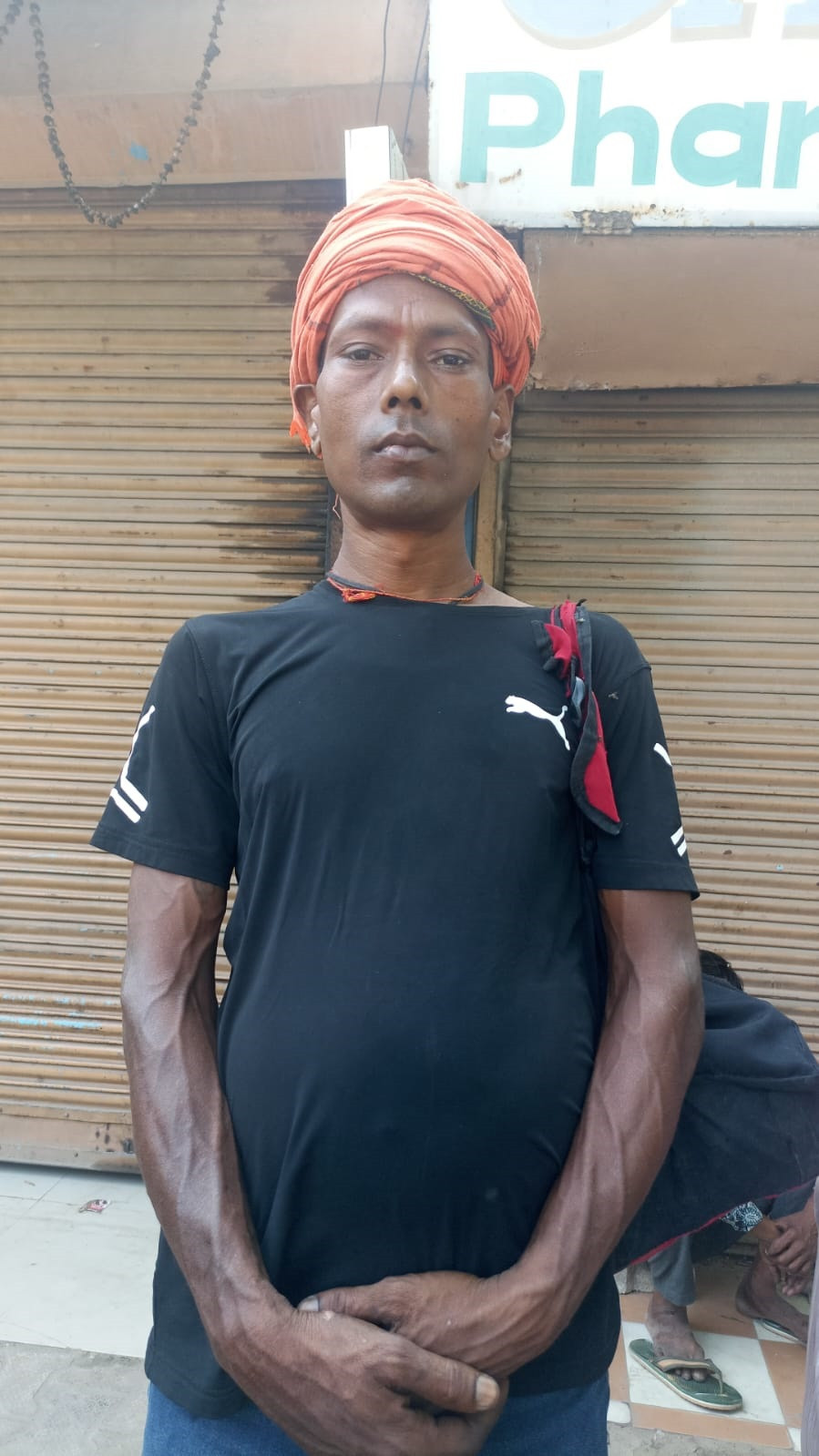

Restaurants know the importance of a strong first impression. It's why they invest in exterior design, decorate their entranceways and train hosts to welcome guests with a warm smile.
Nowadays, however, more than 70% of diners visit a restaurant's website before deciding where to dine, which means the first impression happens long before they set foot on-premises. It happens online. And when it does, the restaurant description plays a pivotal role.
Despite this, many restaurants struggle to write an effective description for their website. Doing so requires a mix of skills not every restaurant has — writing, design and a keen understanding of digital user behavior — but there are tools in place to make the job easier. For example, if you build your website with BentoBox, full-service designers can help create your website on a template that is proven to be user-friendly. That takes care of the design and user behavior hurdles.
To help overcome the writing hurdle, we've created the resource below. In addition to defining best practices, we have curated 20 examples of effective restaurant descriptions and analyzed why they work. If you don't know where to start or feel stuck, scroll through these examples and see if they spark new ideas.



